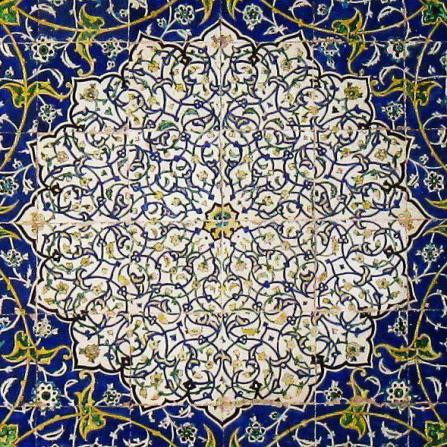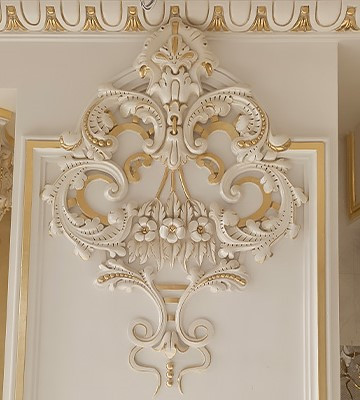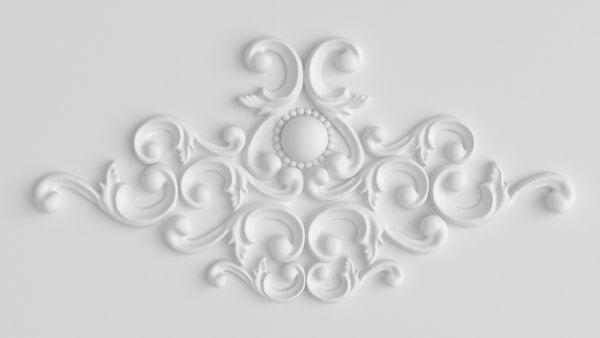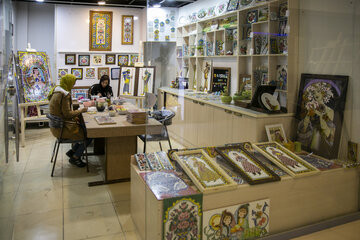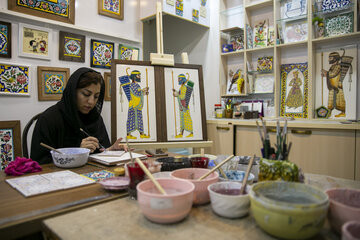Discover posts
Explore captivating content and diverse perspectives on our Discover page. Uncover fresh ideas and engage in meaningful conversations
#gachbori #gach #گچبری
Plasterwork, commonly referred to as "gypsum carving" or "plaster molding," is a decorative art form that involves the use of gypsum or plaster to create intricate designs and patterns on walls, ceilings, and other architectural surfaces. This technique has been widely used in both traditional and modern architecture, serving as a means to enhance the aesthetic appeal of interiors. Historically, plasterwork has been an integral part of cultural and artistic expression in various regions, including Europe, the Middle East, and Asia. In traditional settings, skilled artisans would hand-carve elaborate motifs, such as floral patterns, geometric shapes, or figurative designs, often inspired by cultural or religious themes. These designs were typically applied to ceilings, cornices, columns, and archways, adding elegance and sophistication to palaces, mosques, churches, and other significant buildings. Modern plasterwork incorporates advanced tools and techniques, allowing for greater precision and efficiency. Today, pre-made molds and templates are often used to create consistent designs, while traditional hand-carving methods are still employed for custom and high-end projects. Plasterwork not only serves as an artistic element but also helps in concealing imperfections and providing a polished finish to architectural structures. Its versatility and timeless beauty make it a popular choice in interior design across the world.
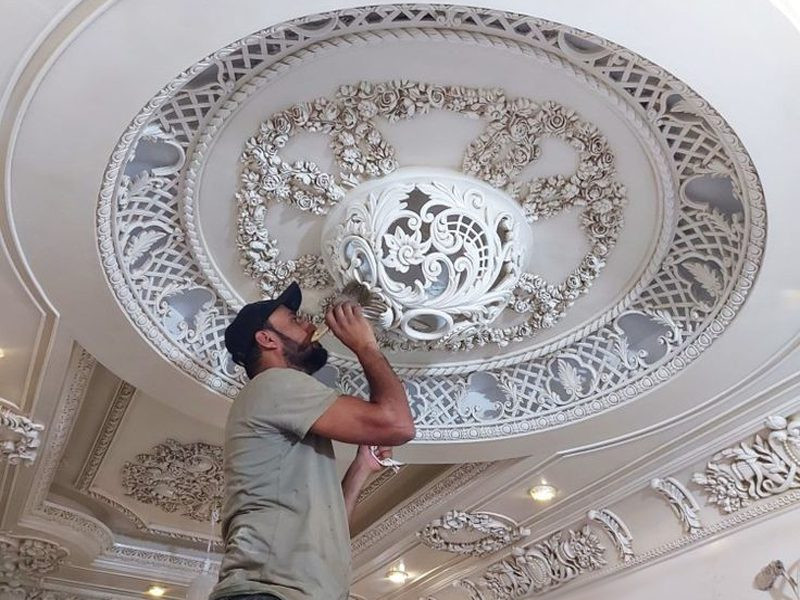
#kashi_kari #kashi_7rang #kashi_haft_rang #کاشی_هفت_رنگ #کاشی_کاری
The art of seven-color tiles, or "haft rang," is a timeless expression of Persian craftsmanship, blending intricate patterns and vibrant hues. These tiles, often used to adorn mosques, palaces, and historical monuments, reflect a harmony of geometry and storytelling. Each color carries symbolic meaning, from the calming blues to the passionate reds, creating a visual symphony that transcends mere decoration. The process of crafting these tiles involves meticulous hand-painting and firing, ensuring durability while preserving their artistic essence. Seven-color tiles stand as a testament to the cultural richness and artistic ingenuity of Persian heritage, captivating admirers for centuries.
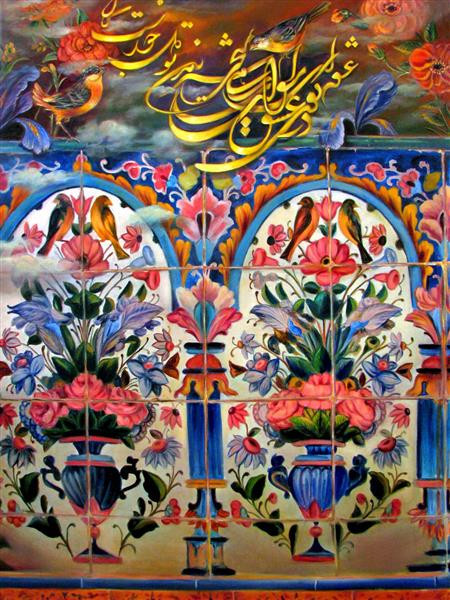
#kashi_kari #kashi_7rang #kashi_haft_rang #کاشی_هفت_رنگ #کاشی_کاری
The art of "Seven-Color Tiles" (Haft Rang) is a traditional Persian ceramic technique that combines intricate designs and vibrant colors. Widely used in historical architecture, especially in mosques, palaces, and gardens, this method involves painting tiles with seven distinct colors, including turquoise, cobalt blue, yellow, white, black, and green. The tiles are then glazed and fired to achieve their stunning finish. Known for their detailed patterns, floral motifs, and calligraphy, Seven-Color Tiles reflect the rich cultural heritage of Iran. This unique craftsmanship continues to inspire modern designs, highlighting the timeless beauty of Persian artistry.
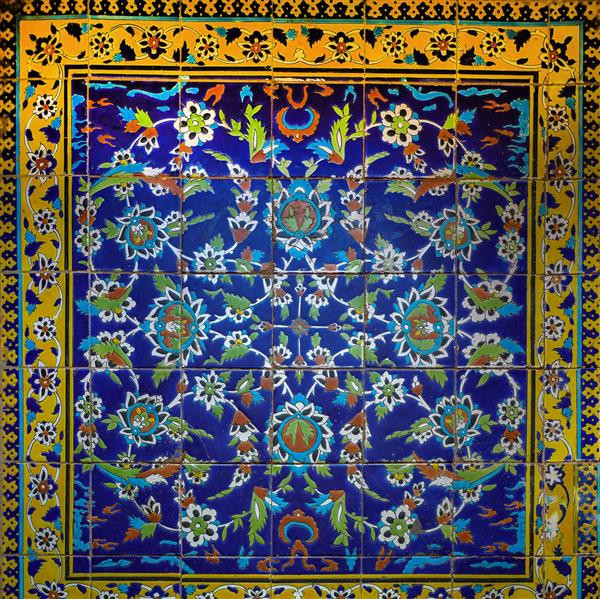
#kashi_kari #kashi_7rang #kashi_haft_rang #کاشی_هفت_رنگ #کاشی_کاری
Керамическая плитка семи цветов («Хафт-ранг») является одним из самых известных и традиционных видов декоративного искусства в Иране. Этот тип плитки получил свое название благодаря использованию семи основных цветов в процессе окрашивания: черного, белого, голубого, бирюзового, желтого, зеленого и красного. Искусство «Хафт-ранг» берет свое начало в эпоху Сафавидов и широко использовалось для украшения мечетей, дворцов, караван-сараев и других архитектурных сооружений.
Процесс создания плитки семи цветов является сложным и требует высокой точности. Сначала мастера вырезают плитку из глины, затем наносят на нее рисунок и раскрашивают, используя специальные краски. После этого плитка обжигается в печи, что придает ей прочность и яркость цветов. Орнаменты и узоры на плитке часто включают в себя геометрические фигуры, цветочные мотивы и каллиграфические элементы, что делает каждую плитку уникальной.
Керамическая плитка семи цветов не только является украшением зданий, но и отражает богатую культуру и историю региона. Сегодня этот вид искусства продолжает привлекать внимание как в Иране, так и за его пределами, служа символом традиционного мастерства и эстетики.
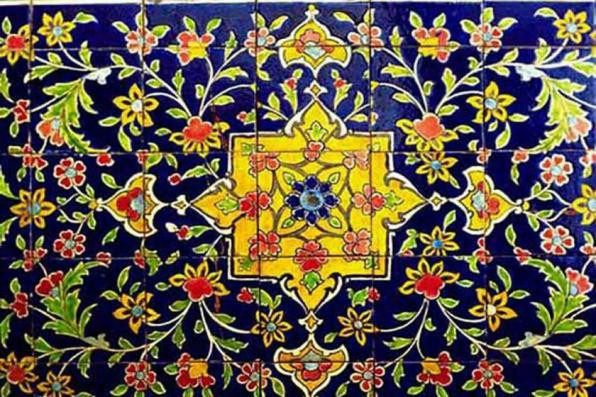
#kashi_kari #kashi_7rang #kashi_haft_rang #کاشی_هفت_رنگ #کاشی_کاری
کاشی هفترنگ یکی از زیباترین و اصیلترین جلوههای هنر ایرانی است که در معماری سنتی جایگاه ویژهای دارد. این نوع کاشی با استفاده از تکنیکهای خاص رنگآمیزی و پخت در کوره، به خلق طرحهایی بینظیر و چشمنواز میپردازد. نام "هفترنگ" به دلیل تنوع رنگهایی است که در آن به کار میرود، شامل رنگهای زنده و شفاف همچون آبی، زرد، سبز، قرمز، سفید، سیاه و فیروزهای. این رنگها با دقت و ظرافت بر سطح کاشی نقش بسته و سپس در حرارت بالا تثبیت میشوند.کاشی هفترنگ عمدتاً در تزئین بناهای تاریخی مانند مساجد، کاخها، و حمامهای سنتی به کار میرود و جلوهای از شکوه و زیبایی هنر اسلامی را به نمایش میگذارد. طرحهای این کاشیها معمولاً شامل نقوش گیاهی، هندسی، و گاهی کتیبههای قرآنی یا اشعار فارسی است که با ترکیب رنگهای متنوع، حس هماهنگی و تعادل را ایجاد میکنند. این هنر نه تنها بیانگر مهارت هنرمندان ایرانی در خلق آثار زیباست، بلکه نشاندهنده ارتباط عمیق میان هنر، فرهنگ، و معنویت در تاریخ ایران است. کاشی هفترنگ همچنان الهامبخش هنرمندان معاصر بوده و در حفظ هویت معماری ایرانی نقش مهمی ایفا میکند.
